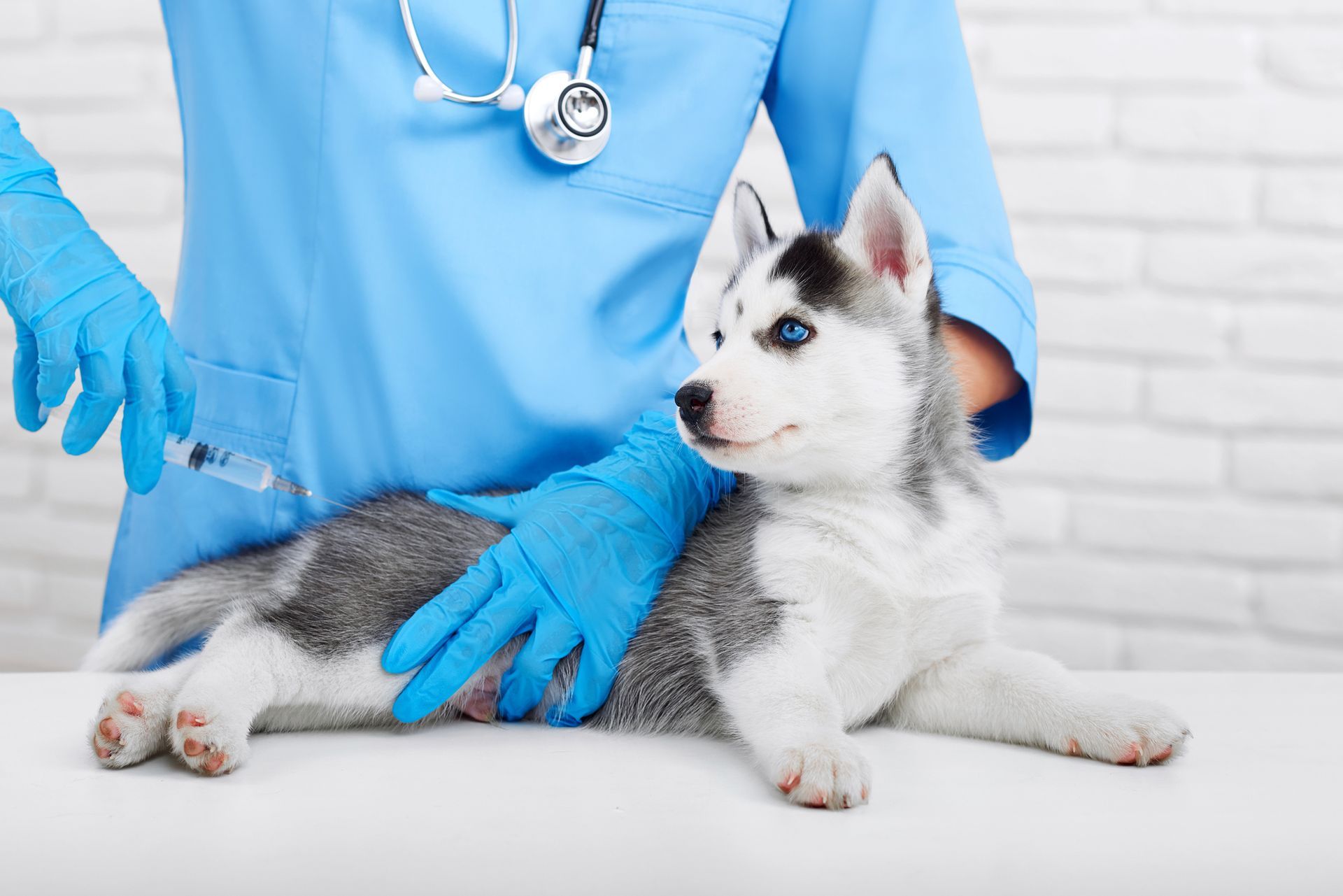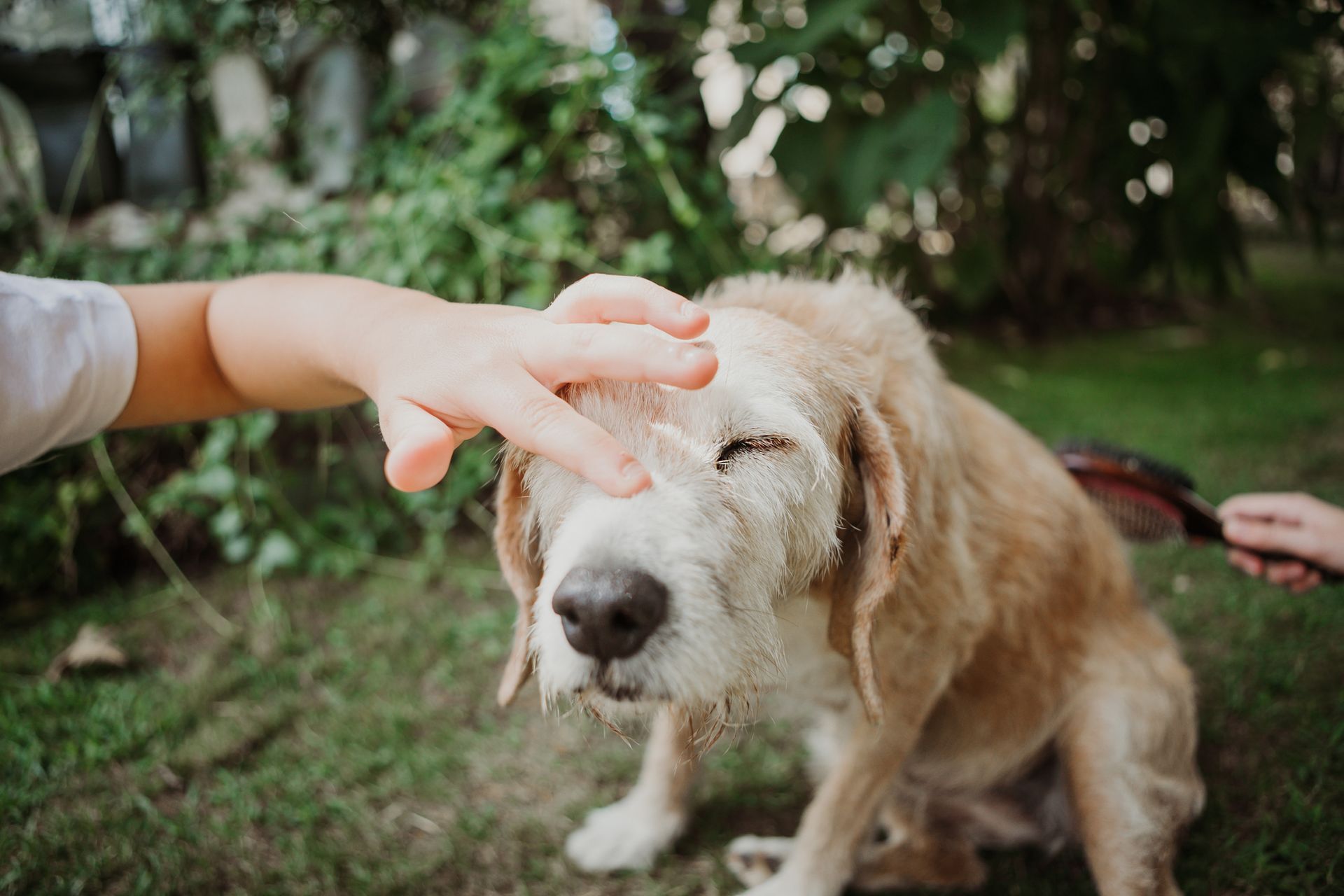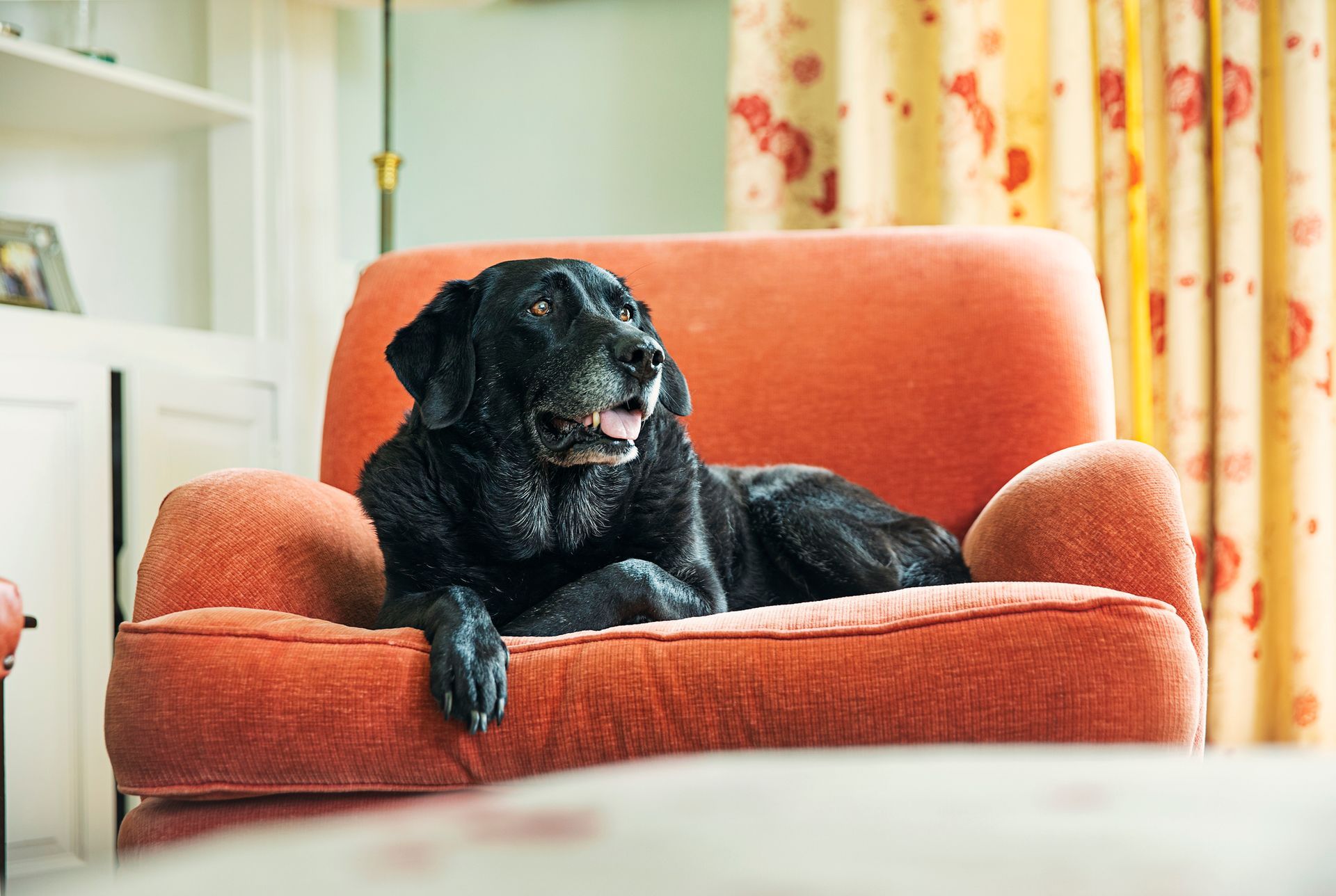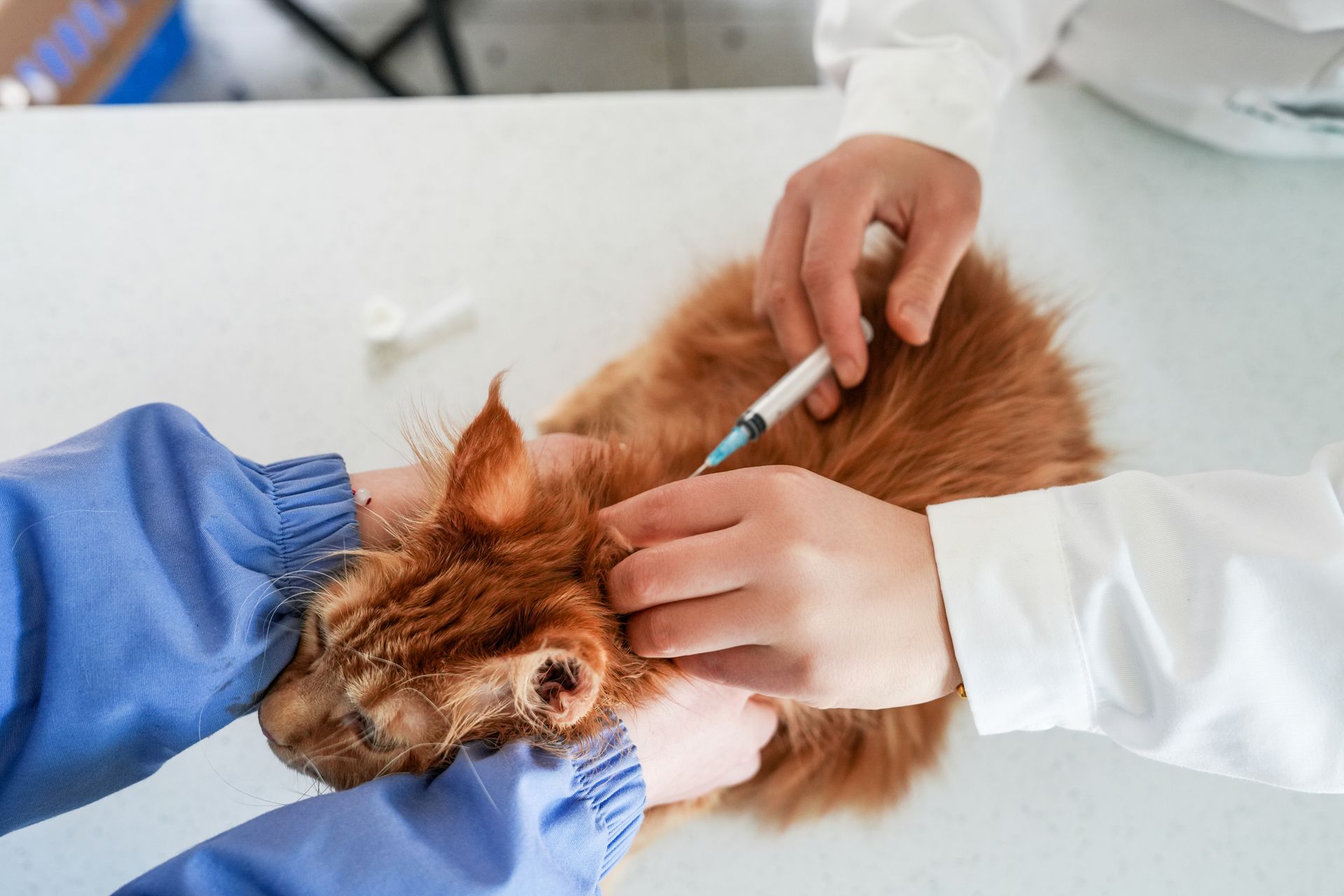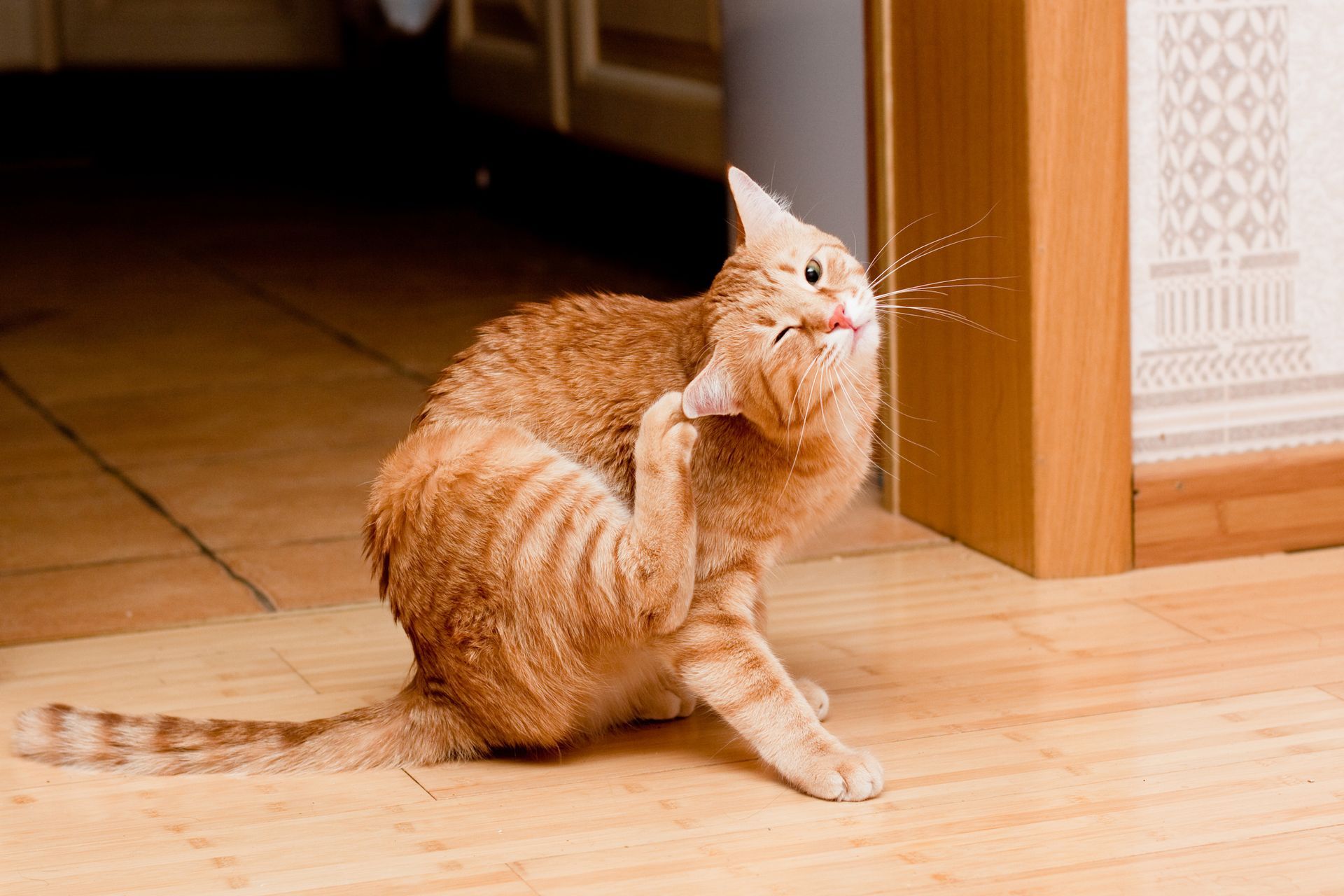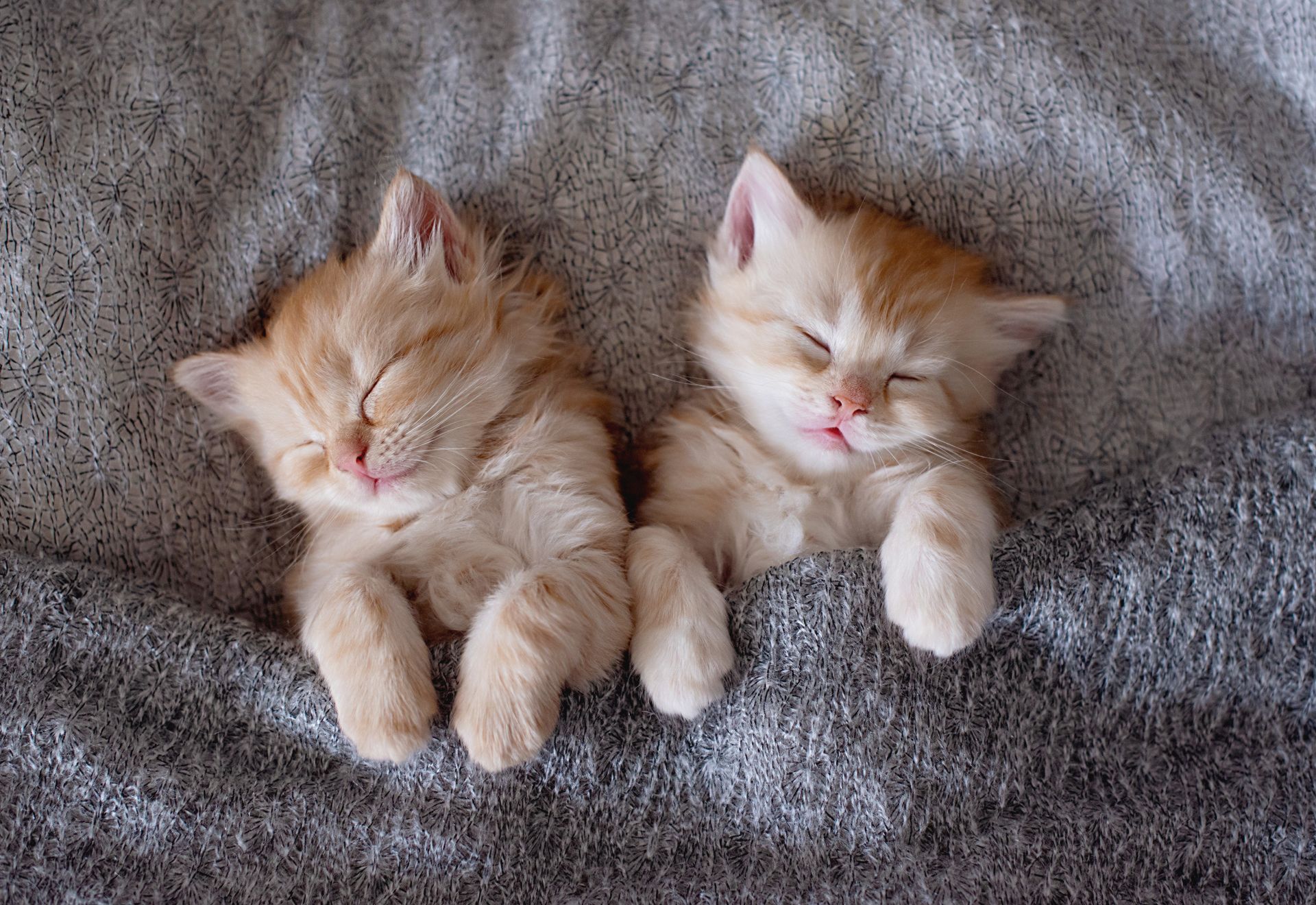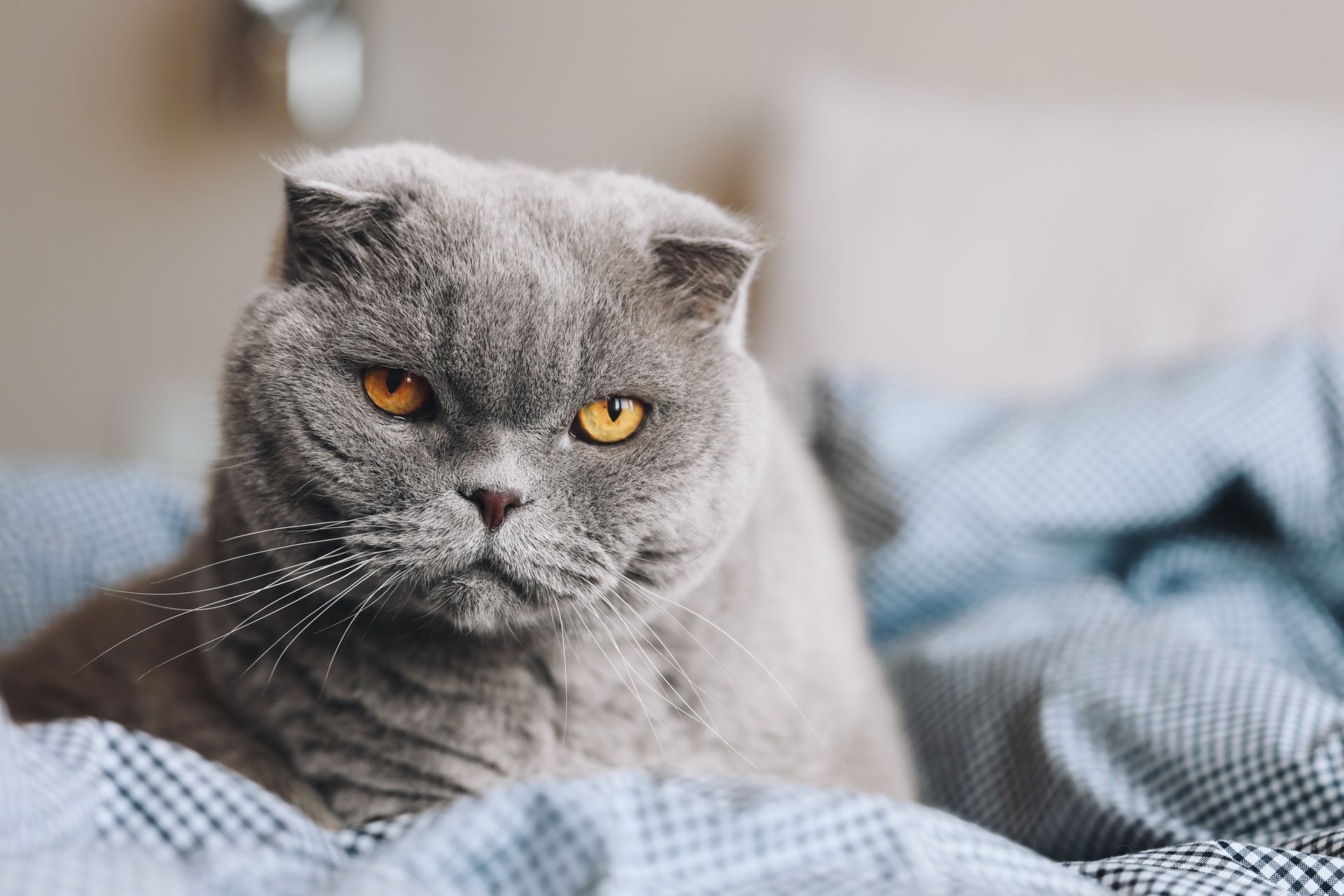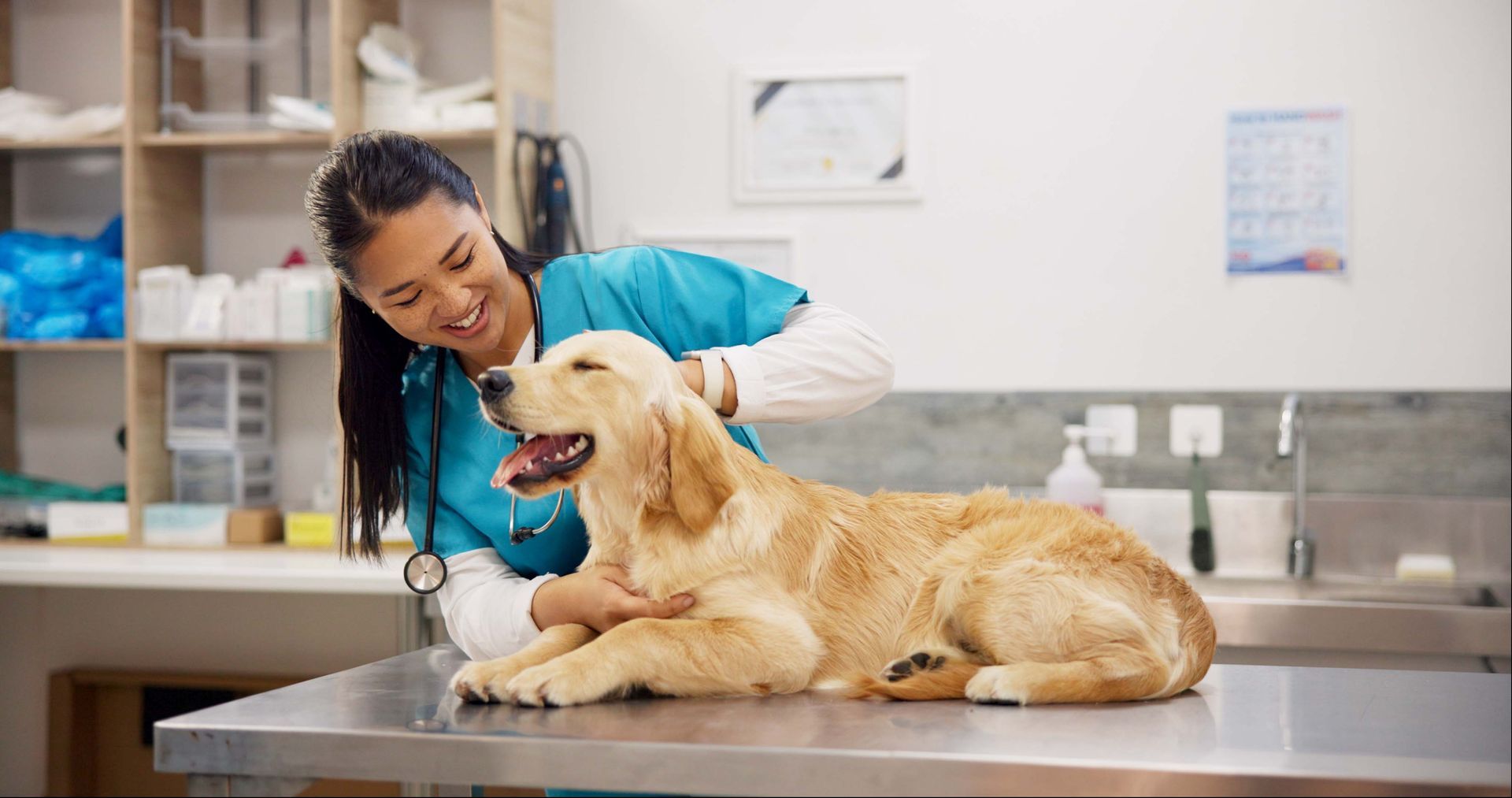Indoor Cats vs Outdoor Cats: Lifespan & Risks
Understanding the Differences in Health, Safety, and Longevity
Cats are beloved companions for millions of households. However, the choice between keeping a cat indoors or allowing it to roam outdoors often sparks considerable debate among pet owners. The decision can significantly impact a cat's lifespan, health, and overall quality of life. This article delves into the key differences between indoor and outdoor cats, focusing on lifespan and associated risks.
Lifespan of Indoor Cats
Indoor cats typically live between 10 to 15 years, and some even surpass 20 years with proper care. Their longevity is attributed to a controlled environment that minimizes exposure to dangers such as diseases, predators, and accidents. Indoor cats benefit from regular veterinary care, a stable diet, and consistent shelter, all of which contribute to their extended lifespan.
Lifespan of Outdoor Cats
Outdoor cats, by contrast, have a much shorter lifespan, averaging only 2 to 5 years. This dramatic difference is largely due to the myriad risks they face in the outside world. Outdoor cats are exposed to harsh weather conditions, traffic, predators, and infectious diseases, all of which can shorten their lives.
Key Risks for Indoor Cats
While indoor cats are generally safer, they are not entirely immune to health and behavioral challenges.
Lack of Physical Activity
Indoor cats are more prone to obesity and related health conditions, such as diabetes and joint problems, due to reduced physical activity. Owners must actively engage their indoor cats with toys, climbing structures, and interactive play to keep them fit and mentally stimulated.
Behavioral Issues
A lack of environmental enrichment can lead to boredom and stress in indoor cats. This, in turn, may result in destructive behaviors, such as scratching furniture or over-grooming. Providing a variety of stimuli can alleviate these issues.
Indoor Hazards
Indoor environments are not entirely risk-free. Common household hazards for cats include toxic plants, human medications, cleaning products, and small objects that could be swallowed. Cat-proofing the home is essential to minimize these dangers.
Balancing Indoor and Outdoor Life
Given the stark differences in lifespan and risks, many pet owners seek a middle ground by offering supervised outdoor experiences or creating safe outdoor spaces.
Catio Spaces
A "catio," or cat patio, is an enclosed outdoor space that allows cats to enjoy the sights and sounds of nature without the associated risks. Catios can be an excellent compromise for owners wanting their cats to experience the outdoors safely.
Leash Training
Some cats can be trained to walk on a leash, allowing them to explore the outdoors under close supervision. This option requires patience and the right equipment but can be highly rewarding for both cats and their owners.
Time-Limited or Controlled Access
For those who prefer to allow their cats some outdoor freedom, time-limited or controlled access—such as letting the cat out during quieter times of the day—can reduce some risks.
Key Risks for Outdoor Cats
Traffic Accidents, Predators, Weather Conditions, Human Threats, & Disease
One of the leading causes of death among outdoor cats is being hit by vehicles. Roads and highways pose a constant danger, especially in urban and suburban areas. Outdoor cats may encounter predators such as coyotes, foxes, and birds of prey in rural or semi-rural areas. They may also face aggression from other cats or dogs, leading to injuries and infections. Extreme temperatures, whether hot or cold, can pose a serious threat to outdoor cats. Dehydration, frostbite, and heatstroke are common risks associated with exposure to the elements. Unfortunately, outdoor cats may also encounter harmful human interactions. These include intentional harm, poisoning, or being trapped and removed from the area. Outdoor cats are at a higher risk of contracting infectious diseases, including Feline Immunodeficiency Virus (FIV) and Feline Leukemia Virus (FeLV): These viruses are often transmitted through fights or close contact with infected cats. Parasites: Outdoor cats are more likely to suffer from fleas, ticks, and worms. Rabies: Contact with wild animals can expose cats to this deadly virus.
Conclusion
The choice between keeping a cat indoors or letting it roam outdoors involves weighing various factors, including safety, lifestyle, and the cat's personality. While indoor cats generally enjoy longer and healthier lives, they still require environmental enrichment and attention to thrive. Outdoor cats face numerous risks that can significantly shorten their lifespan, but with precautions such as supervised outdoor time or secure enclosures, owners can give their feline friends a taste of the outside world while minimizing dangers.
Ultimately, a cat's well-being depends on informed decisions, regular veterinary care, and a loving home environment. By understanding the differences in lifespan and risks, pet owners can make the best choices for their furry companions.
